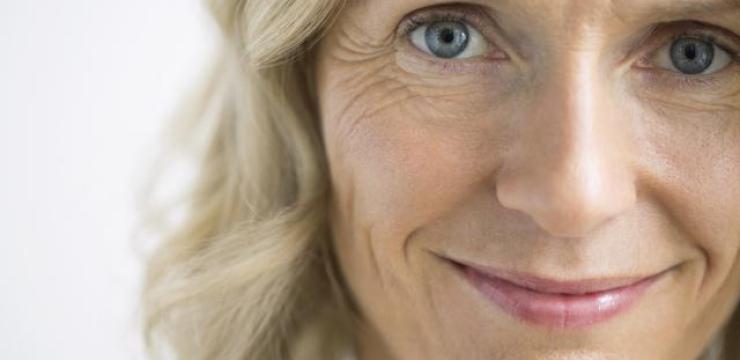
- Skin care
- Excerpt
The cosmetic and dermatological indications of OPCs are obvious. The word cosmetic comes from old Greek kosmetos, which means well ordered or well arranged. Kosmetikos means skilled in ordering and arranging. Needless to say, OPCs is the number 1 kosmetikos because it is supremely skilled in keeping in order the connective tissue, the constructive element of the skin. OPCs are equally skilled in protecting and taking care of the vascular system. As with all organs, the skin must be nourished and waste materials must be carried away, which is why the corium, the dermis layer of the skin, contains a fine network of vascular vessels. OPCs positively affect skin disorders of the allergic type, disorders that result from vascular insufficiencies (rosacea, spider veins, etc.), or damage from sun exposure. OPCs’ stimulating role in the biosynthesis and maintenance of healthy collagen make OPCs a prime constituent of skin-care products.
[…..]
Technically speaking, what we call “sunshine” is in fact the incoming flow of photons. Photons are tiny particles of electromagnetic radiation energy produced by the sun. Because of their high energy content, photons can easily destabilize the things they hit and thus cause free radicals, making the sun the major source of external free radicals. Other than the skin and the eyes’ lens and retina, no organ of the body comes in direct contact with the light of the sun. Thus, no other organ of the body is more exposed to free radicals. Excessive exposure to the sun results in inflammation, collagen destruction, and acceleration of the skin’s aging process. The extremely wrinkled skin of elderly people who have been constantly exposed to sunshine — whether as sailors, sunbathers, or just residents of the sunnier parts of the world — bear witness to this process. Undeniably, antioxidant protection of the skin by way of creams and lotions will help inhibit its premature aging due to overexposure to sunlight.
[…..]
Protecting the skin against radiation is obviously relevant for those on a holiday beach or at a ski resort. In addition, the radiation therapy that many cancer patients undergo blemishes the skin just as intense sunlight does. Skin injury as a result of radiation therapy can range from a mild sunburnlike reddening of the skin to blisters and ulcers. Like sunlight, radiation blows the skin’s cells apart, and the skin reacts with an inflammation. In radiation therapy, it seems wise to use a cream that contains the patented dosage of 0.5 percent OPCs. In my opinion, the aggressive effect of x-rays and other radiation should also be mitigated by an appropriate ingestion of OPCs, and physicians should automatically administer OPCs, if not concurrently with the radiation treatment, then at least immediately after radiation to avoid radiation-induced damage in the healthy organs.
[…..]
Another reason OPCs’ antioxidant effect works so well in the skin is that OPCs impede the oxidation of lipids in the cell membranes. The cell’s membrane is composed of combinations of polyunsaturated fatty acids (PUFAs) with phosphoric acid, forming phospholipids. The cell’s membrane consists of two layers of phospholipids. The phosphate end of the phospholipid is attracted to water. The fatty acid (lipid) end is repelled by water. Because the lipid sides of the layers also attract each other, the lipid sides of the layers face each other, and the phosphate sides that are attracted to water face the outside and the inside of the bilayer. The combination of water-friendly and water-resistant layers permits the control of the passing of water- and fat-soluble particles through the membrane. A special feature of the membrane is that it is a fluid and not a solid. Parts of the membrane can literally flow from one point to another along the surface. The membrane also contains cholesterol, which helps to determine the degree of permeability to water-soluble substances. The cholesterol also controls the fluidity of the membrane.
[……]
To manage the problems of aging, one needs to fight against both exogenous free radicals (induced by the sun, for instance) and endogenous free radicals of metabolic origin (alcohol clearance, byproducts of energy production, etc.). The ideal scavenger, then, should act through both external and internal (oral) applications, which requires that it be bioavailable and totally harmless. This is why cosmetology has been using OPCs since 1988, incorporating them in a wide range of creams and lotions. OPCs are also recommended in the form of dietary supplements. When used externally and internally, OPCs produce a “double whammy.”






